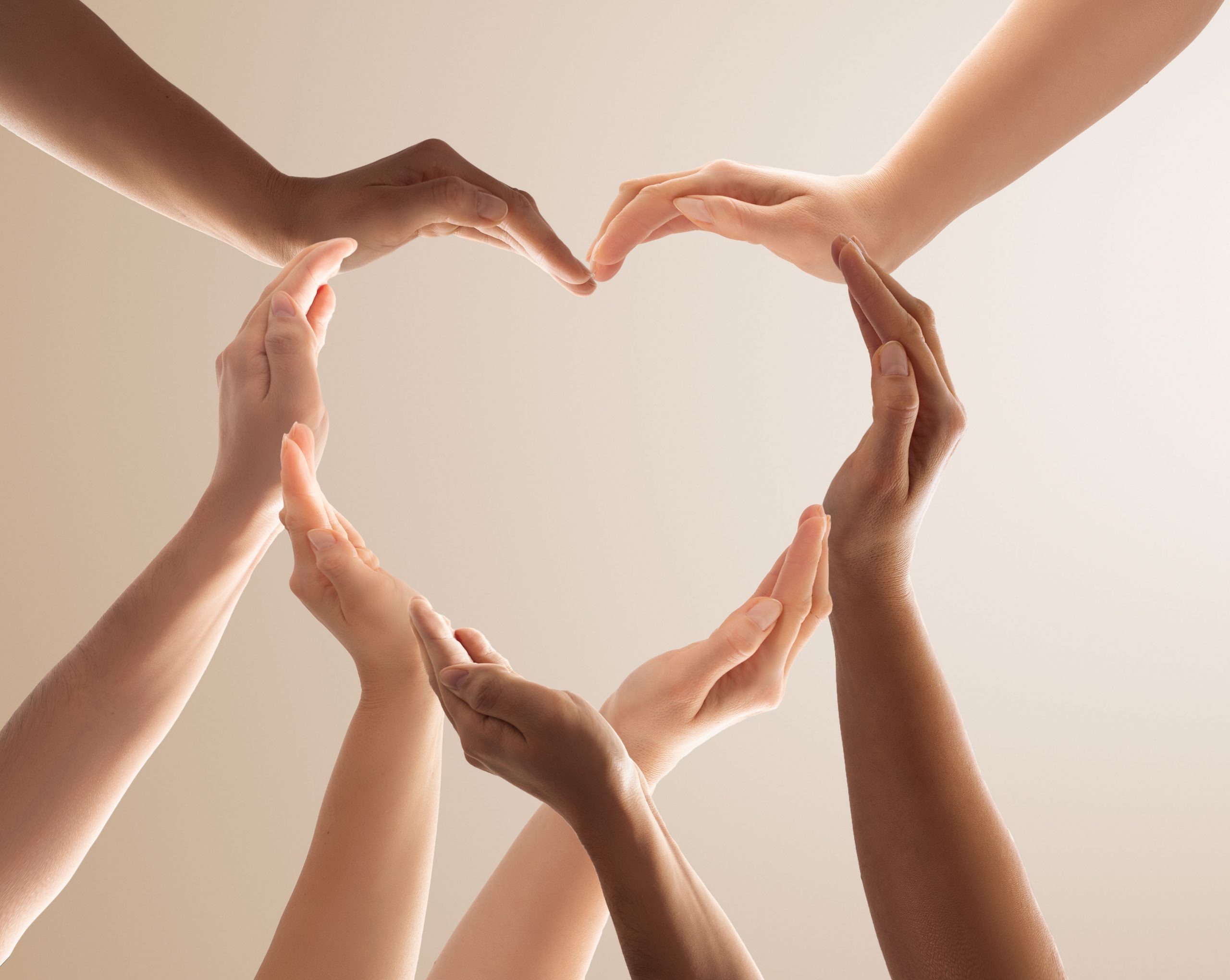When Tennessee Gov. Haslam granted clemency to Cyntoia Brown earlier this month, it was a triumph for sex trafficking survivors. Originally tried and convicted as an adult for murder and robbery, Cyntoia will now be released after serving 15 years and showing a drastic personal transformation.
What has changed since Cyntoia was convicted at age 16?

Image Source: Nashville Scene
Laws are changing: When she was arrested in 2004, there were no state laws to keep minors from being arrested for prostitution — even though a child cannot consent to sex. Since then, many states have passed Safe Harbor laws to help ensure that child victims of sex trafficking are rescued, not arrested. Now many are protected and provided with services.
In Cyntoia’s case, she was referred to as a prostitute during her trial, even though she was just 16 and being controlled by a violent pimp. Under the Trafficking Victims Protection Act of 2000, she should have been considered a victim of sex trafficking.
Understanding has grown: In 2004, the court did not take Cyntoia’s past into account: She spent early years in foster care and became a runaway. In her 2014 appeal case, a medical expert testified that she was mentally affected by a history of trauma.
Awareness is growing on social media: Facebook, Instagram, and Twitter didn’t exist in 2004. Social media has become an essential tool for Bridging Freedom and like organizations to share important facts and latest news about human trafficking. In 2017, celebrities including Rihanna, LeBron James, and Kim Kardashian West heard about Cyntoia’s case and helped bring the case to light with hashtag #freecyntoiabrown.
Compassion is encouraged: Today, those rescued from sex trafficking often have better access to services including medical and psychological treatment and emergency and long-term housing. However, there are still very few places able to offer what survivors need, especially for children. Safe homes like Bridging Freedom provide hope for a better future through education including life skills and job training. Survivors learn in a sensitive, trauma-informed setting staffed with experts trained to help them through effects of abuse. Currently, Bridging Freedom is expanding housing with plans for another 5 homes and 40 more beds. (To help rescued girls, you can donate or attend a fundraiser.)
What still needs to change?
A clearer view of survivors: Despite the shift in the law’s view of sex trafficking survivors, people’s attitudes may be tougher to change. In May 2018, when the Tennessee Parole Board first met to vote on Cyntoia’s appeal for clemency, only 2 voted for clemency while 2 voted for a reduced 25-year prison sentence, and 2 still believed she should serve her complete 51-year sentence.
Currently, another young woman is facing a similar situation. Alexis Martin was trafficked while she was 15 and involved in a murder. Yet, instead of being protected under Ohio’s Safe Harbor Act, she was tried in an adult court at age 16 and convicted of murder against her pimp, even though she is not accused of firing the gun. Her sentence is 21 years to life in prison.
The advocates at Ohio Justice & Policy center said there is a “deep misunderstanding about the realities of sex trafficking. Alexis was a child – abused, traumatized, and controlled by violent pimps. Instead of getting services and protection from our justice system, she was sent to adult prison – potentially for life.”
Why don’t victims just run away and ask for help?
One investigator asked Cyntoia, “How come you stayed with him?” She responded, “You’re not listening. I’m making him money. He wasn’t going to let me go nowhere. He told me he’d kill me. He knows where my mom lives.”
Getting away is not as easy as it sounds. Besides being threatened and beaten, those who are trafficked can show an array of mental states. A common mental state is “Stockholm syndrome” in which the victim has bonded with their trafficker through the trauma that has been inflicted on them. Many have also been groomed by their trafficker to not trust law enforcement as a fear tactic, and some even blame themselves.
What can YOU do?
Break through myths and share facts. When you become informed, you can share your knowledge, creating a web that helps protect your community and spreads compassion.
Become an advocate for the exploited. See how your state rates on laws to protect children and convict sex traffickers.
Get involved with survivor recovery. Join Bridging Freedom in raising funds to help rescued girls find hope and restore their stolen childhoods at our safe home campus. Donations impact these brave survivors directly.

